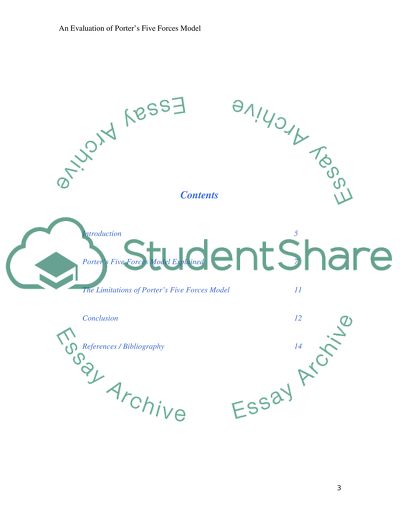Cite this document
(“Marketing - Explain and Evaluate Porter's 'five forces' model Essay”, n.d.)
Marketing - Explain and Evaluate Porter's 'five forces' model Essay. Retrieved from https://studentshare.org/miscellaneous/1535185-marketing-explain-and-evaluate-porters-five-forces-model
Marketing - Explain and Evaluate Porter's 'five forces' model Essay. Retrieved from https://studentshare.org/miscellaneous/1535185-marketing-explain-and-evaluate-porters-five-forces-model
(Marketing - Explain and Evaluate Porter's 'five forces' Model Essay)
Marketing - Explain and Evaluate Porter's 'five forces' Model Essay. https://studentshare.org/miscellaneous/1535185-marketing-explain-and-evaluate-porters-five-forces-model.
Marketing - Explain and Evaluate Porter's 'five forces' Model Essay. https://studentshare.org/miscellaneous/1535185-marketing-explain-and-evaluate-porters-five-forces-model.
“Marketing - Explain and Evaluate Porter's 'five forces' Model Essay”, n.d. https://studentshare.org/miscellaneous/1535185-marketing-explain-and-evaluate-porters-five-forces-model.


